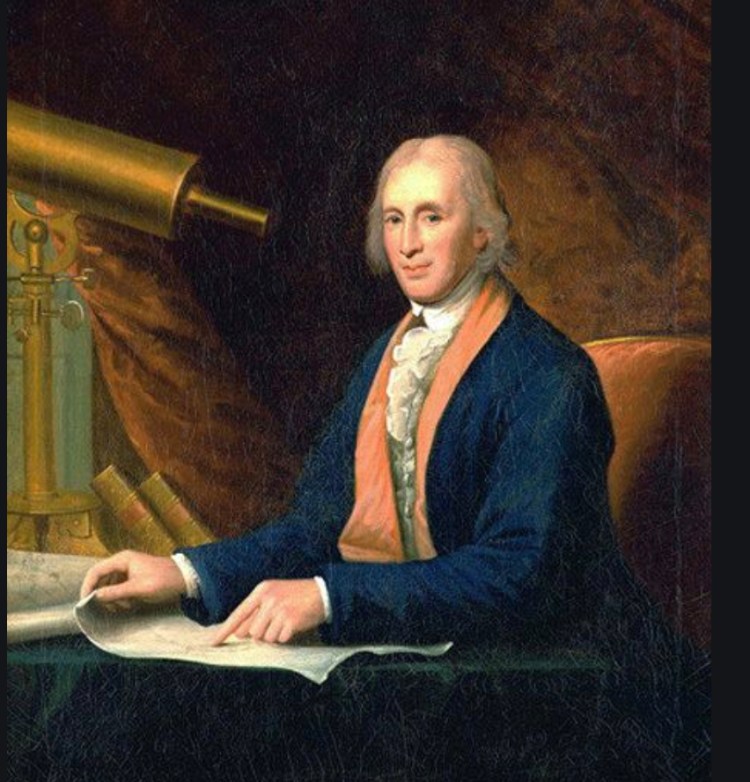CAPTAIN JAMES COOK
Our appreciation to Pam Willis Burden, Gail Cockburn and Douglas Shire Historical Society for sharing this content with us daily.
“Saturday, 16th. Strong Gales at South-East, and Cloudy, hazey weather, with Showers of Rain. At 6 o’Clock in the A.M. it moderated a little, and we hove short, intending to get under sail, but was obliged to desist, and veer away again; some people were seen ashore to-day..”
From Cook’s Endeavour Journal NLA
Banks and several crewmen had left Matavai Bay in a pinnace to circumnavigate and chart the island of Tahiti. Accompanying them on board was Tupaia, a member of the priestly aristocratic class who had befriended Banks and acted as a guide and adviser during the Endeavour’s stay in Tahiti. Tupaia later joined the ship along with his servant, a Tahitian boy named Taiata. Both would die of dysentery in Batavia.
Yorkshireman Charles Green, assistant to the Astronomer Royal at the Royal Observatory Greenwich joined the voyage to lead the observation of the transit of Venus in Tahiti.
Banks’ Journal
16. In the morn it was a little more moderate and we attempted to weigh but were soon obligd to vere away all that we had got, the wind freshning upon us so much. Fires were made upon the hills and we saw 4 Indians through our glasses who went away along shore, in going along which they made two more fires for what purpose we could not guess. Tupia whose bad gums were very soon followd by livid spots on his legs and every symptom of inveterate scurvy, notwithstanding acid, bark and every medecine our Surgeon could give him, became now extreemly ill; Mr Green the astronomer was also in a very poor way, which made everybody in the Cabbin very desirous of getting ashore and impatient at our tedious delays.
From “Endeavour” by Peter Aughton
Charles Green, official astronomer was one of the few men alive who could find the longitude at sea purely from observations of the moon and stars. He had crossed the Atlantic in 1763-64 when John Harrison’s fourth marine chronometer was under test. The chronometer was a very expensive instrument then very much in its infancy and was not carried on the Endeavour. It was far too valuable to risk. Cook carried one on his second voyage. Green did not enjoy the best of health. ’He lived in such a manner as greatly promoted the disorders he had long upon him’ wrote Cook. Meaning that he suffered from dysentery and made it worse by drinking. But his bouts were spasmodic.
From Wikipedia
During Cook’s voyage along the coast, he named Green Island, after the astronomer. Green, by this time had contracted scurvy.
The Endeavour was forced to make for Batavia (present-day Jakarta) for repairs (after leaving Cooktown). Disease were rife in the Dutch-controlled city, including malaria and dysentery; Green contracted the latter, dying on 29 January 1771, twelve days after the ship’s departure from the port. Cook, in recording Green’s death in his log, went on to add that Green had been in ill-health for some time and his lifestyle had contributed to his early death. An account published in a London newspaper described his final hours: “He had been ill some time, and was directed by the surgeon to keep himself warm, but in a fit of phrensy he got up in the night and put his legs out of the portholes, which was the occasion of his death.”
Images
Portrait of Charles Green, astronomer





